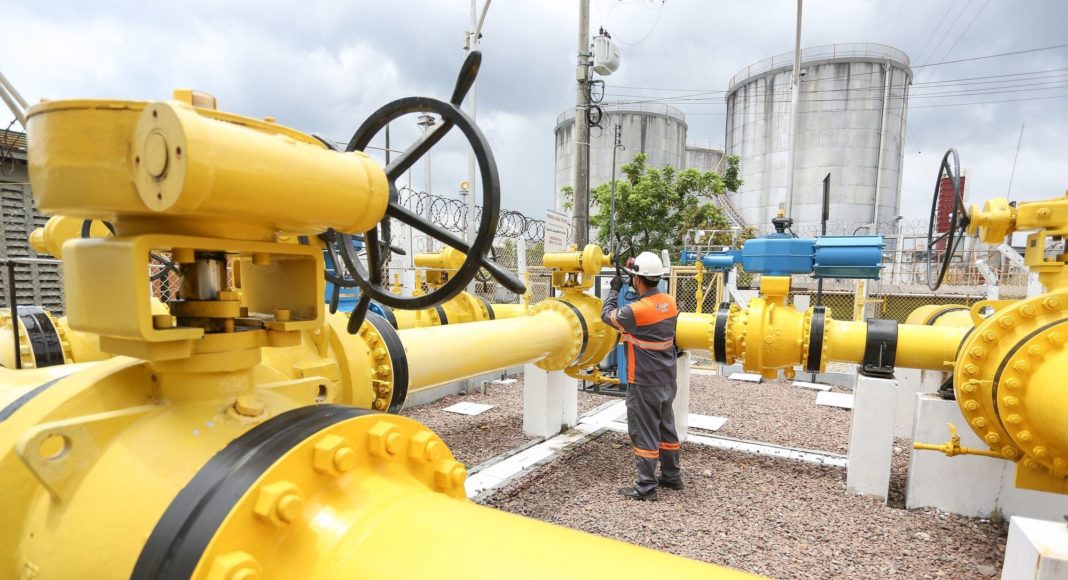The Guyana government is forging ahead with its plan to land a gas pipeline onshore to produce cheaper, cleaner energy and create new economic opportunities for the country of just over 750,000 people. While some have criticized this move, suggesting it would be too costly, one analyst is pointing out that the potential benefits far outweigh any challenges that may be encountered along the way.
“I do think that the gas-to shore project is something that would be beneficial for Guyana,” Americas Market Intelligence (AMI) Analyst, Arthur Deakin stated on a radio programme this week. This project, he said, would slash the cost of electricity, which would then have spin-off effects.
The Analyst said, “I’ve seen that the electricity tariffs in Guyana range between 25 cents to 35 cents per kilowatt hour and that’s one of the highest electricity costs in the region so that is something that hinders business development, it discourages multi-nationals from establishing operations there.”
Gas-to-shore project will be a key part of Guyana’s wealth creation – Morgan D. Bazilian
The reason for this high cost, he noted, is that Guyana relies heavily on power from generators that use diesel, “which is expensive and isn’t effective in producing energy.” He shared that the studies that have been conducted show that the gas-to-power project would cut the price of electricity by half or more.
It is important, he said, that the right balance be achieved in the investment being split between the government and ExxonMobil, operator of the Stabroek block, where around 20 percent of the 9 billion barrels of oil equivalent resources discovered so far contain gas. Deakin disclosed, “I know there is work being conducted on that…finding the proper split between who will put what money.”
He stressed, “In the extraction of oil, you have this associated natural gas already, you might as well put it to good use and with the large electricity losses in Guyana, the high electricity tariffs, it makes economic sense to have this gas-to-shore project.”
He touted the possibility of using existing infrastructure already in place for the oil extraction for transporting the gas, saying that it would be another plus in making the project economically viable.
Guyana’s President, Dr. Irfaan Ali recently said that in addition to the pipeline and power generation facility, the Guyana government is considering the development of a Liquified Petroleum Gas (LPG) plant. Based on projections, the quantity of gas available from just the Liza Phase 1 Development would be enough to provide Guyana with four times its daily consumption.
“The landing of the gas-to-shore pipeline in Region Three to Wales onshore, which will have a big industrial development taking place there that is linked to not only power generation, a power plant, but we’re looking at the possibility of a protein plant. We’re looking at LPG and these are all spin-off [projects],” the President had said.
Speaking to the impact of the gas-to-shore project, President Ali said, “…You will see massive developments on the shore side of the Demerara river in Region Three that will create massive opportunities and a trickle-down effect. You will see development of agro-facilities, agro-processing facilities, you will see greater use of the Essequibo river in terms of [an] investment hub.”



